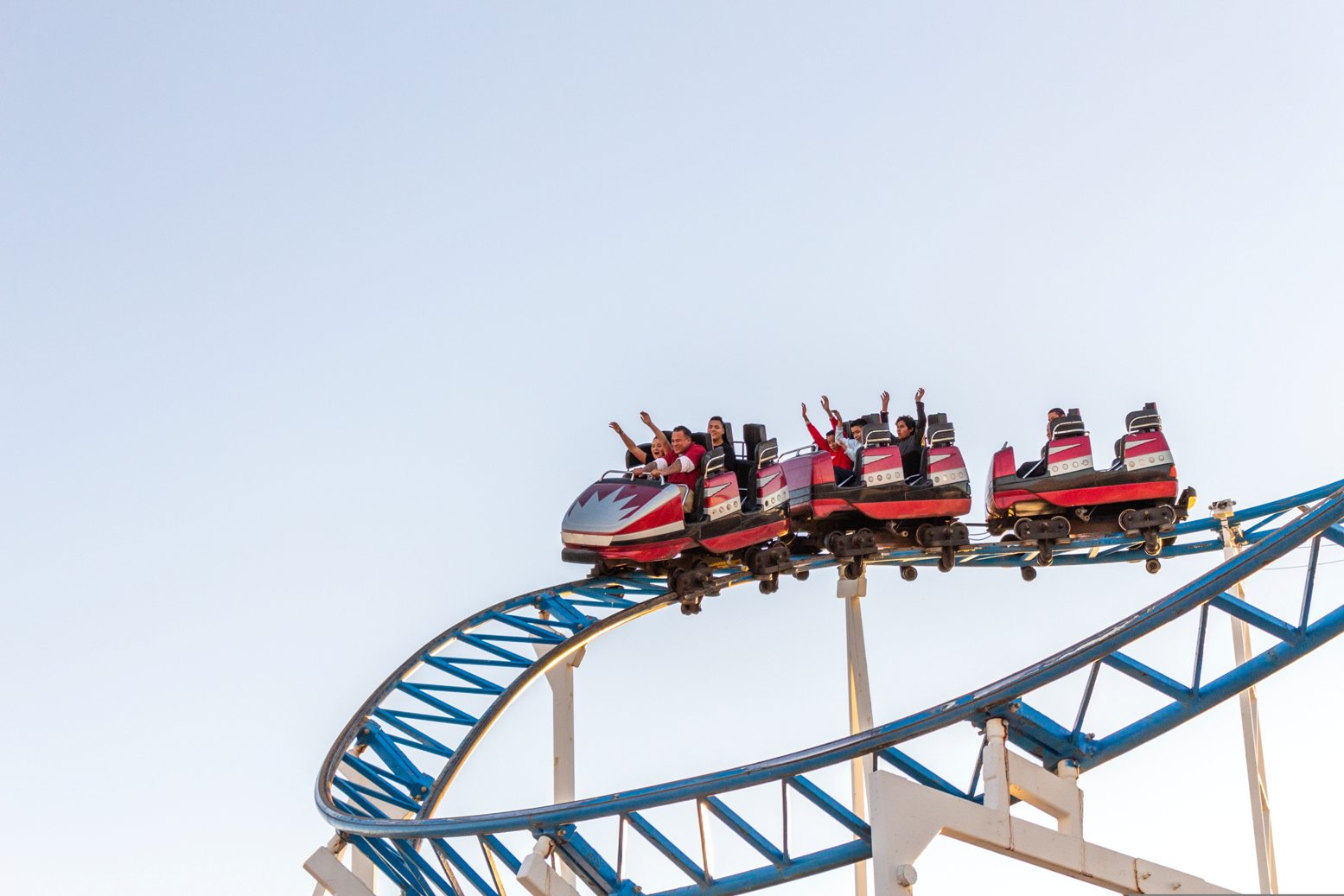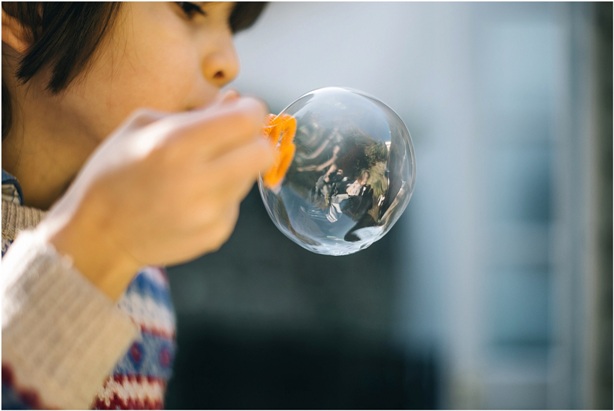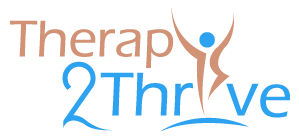Therapy2Thrive™
BLOG
925-998-3392
Shelter-in-Place: An Emotional Rollercoaster
Have you been surprised by your child’s behaviors since the beginning of shelter-in-place? Are they thriving and loving the new methods for distance learning? Looking forward to meeting with their classmates and friends on zoom? Or are they starting to act differently in other ways? Low frustration tolerance during small daily interactions? Staying in their room more than out in the common area? Just generally irritable?
As an adult, I’m finding that in the past 9 weeks of shelter-in-place and physical distancing, I have gone through waves of so many different feelings from fatigue to sadness to apathy to moments of motivation and peace. What a rollercoaster! Something that makes this time truly unique is knowing that this is not an isolated experience, this is a worldwide collective experience. Everyone has been affected by this pandemic, adults and children. Our way of life has changed pretty drastically and so this rollercoaster of an emotional response is normal realizing that in this moment, we are grieving the loss of a life we once knew.
In many ways, our experience as adults can be seen as different and maybe even easier than for our kids. For them, their worlds changed in an instant—on Friday they were in school and come Monday they were told to stay at home for an unknown amount of time. Whereas parents and adults have likely been following some kind of news outlet to get information about the spread of the pandemic from the beginning.
When structures or routines change, kids have to adapt to those changes and for some, adapting to change can prove to be more challenging which can result in some difficult behavioral responses. In today’s case, normally scheduled end-of-the-year celebrations like graduation or promotion ceremonies, field trips, dances and class parties have all been canceled. These are experiences that students often look forward to for the entire year as these celebrations mark a sense of pride in completion. That closing experience is an important and valuable ritual of achievement for our children because it allows them to end one chapter and start another. It is the ritual of an ending that marks a new beginning. In the age of coronavirus, the uncertainty is palpable and the future unknown. While we are trying to graciously accept this experience and adjust as we go, sometimes the emotions simply bubble over. So, if you’re noticing a recent change in your child’s behaviors for the worse, it is likely in response to all the losses and change they are attempting to manage and understand.

So, what can we do? We can provide compassion and support to help kids through their emotions. American psychiatrist, Dr. Bruce Perry coined the idea of the 3 R’s—Regulate, Relate, Reason. This framework helps us understand how to most effectively attend to a child in a dysregulated brain state, or a meltdown.
- Regulate – Approach at their level in a calm, grounded state. Practicing grounding skills like focusing on something in the environment or deep breathing can help regulate the nervous system and bring it back down from a heightened state. Equally valuable is your calm presence which sends the message that they are safe and loved. Not much can be said in this moment as their brains are in a reactive stress response state. Thus, regulating and bringing that state down is the first task.
Activities for regulating with youth- blowing bubbles
- butterfly tapping
- rubbing bare feet on the floor
- Sand play, rice, water play
- play dough and extruder
- finger painting
- shaving cream play
- slime
- blowing bubbles
- butterfly tapping
- rubbing bare feet on the floor
- Relate – Once they are emotionally settled, they are more able to connect. The focus in this phase is on connection. Again here, your calm presence is the connection. As they begin to calm down, you can use short sentences with a relaxed tone of voice which are focused on validating their feelings. “I can see this is really hard for you right now.”
Activities for relating with youth- Mirroring exercises- face each other and mirror the expression & body movements of your youth. Hands up, hands down, smile, sad face, scared face, etc.
- Scribbling mirror activity –sit across from youth. Each with white paper and different color crayon or pen. Scribble up, down, across and in circles mirroring each other.
- Reason: Once your child is calm and relaxed (in a regulated state), their brains are more receptive to higher level cognitive processing like reasoning, problem solving, perspective taking. Depending on the situation and age, this is when you can discuss alternatives and reset limits within a loving, safe connection.
- Words come in here. Listen to the youth’s perspective and develop an understanding of what happened.
- Work together to come to a compromise or find a solution for the concern.

It is important to note that there is no precise time frame for each of these stages. As we are all unique and different people, so are our children. Some may take longer than others, so being flexible and present is key. The most valuable thing we can do for others, especially our children is to let them know that they are not alone in their difficult feelings. Depending on the age of your child, these stages may look different too. For a teenager, that may mean giving more physical space in the regulating stage but always letting them know that you are there for them when they are ready. This is not an easy time for any of us for many different reasons, yet there is some comfort and beauty in knowing that we are all connected as we navigate this experience together.
Therapy2Thrive™ brings Hope for Healing
Our counselors at Therapy2Thrive™ provide compassionate, practical, and evidenced based practices to assist you in the therapeutic process to meet your goals and find hope to heal the challenges you are facing.
Contact our family counselor in Pleasanton for private consultation.
